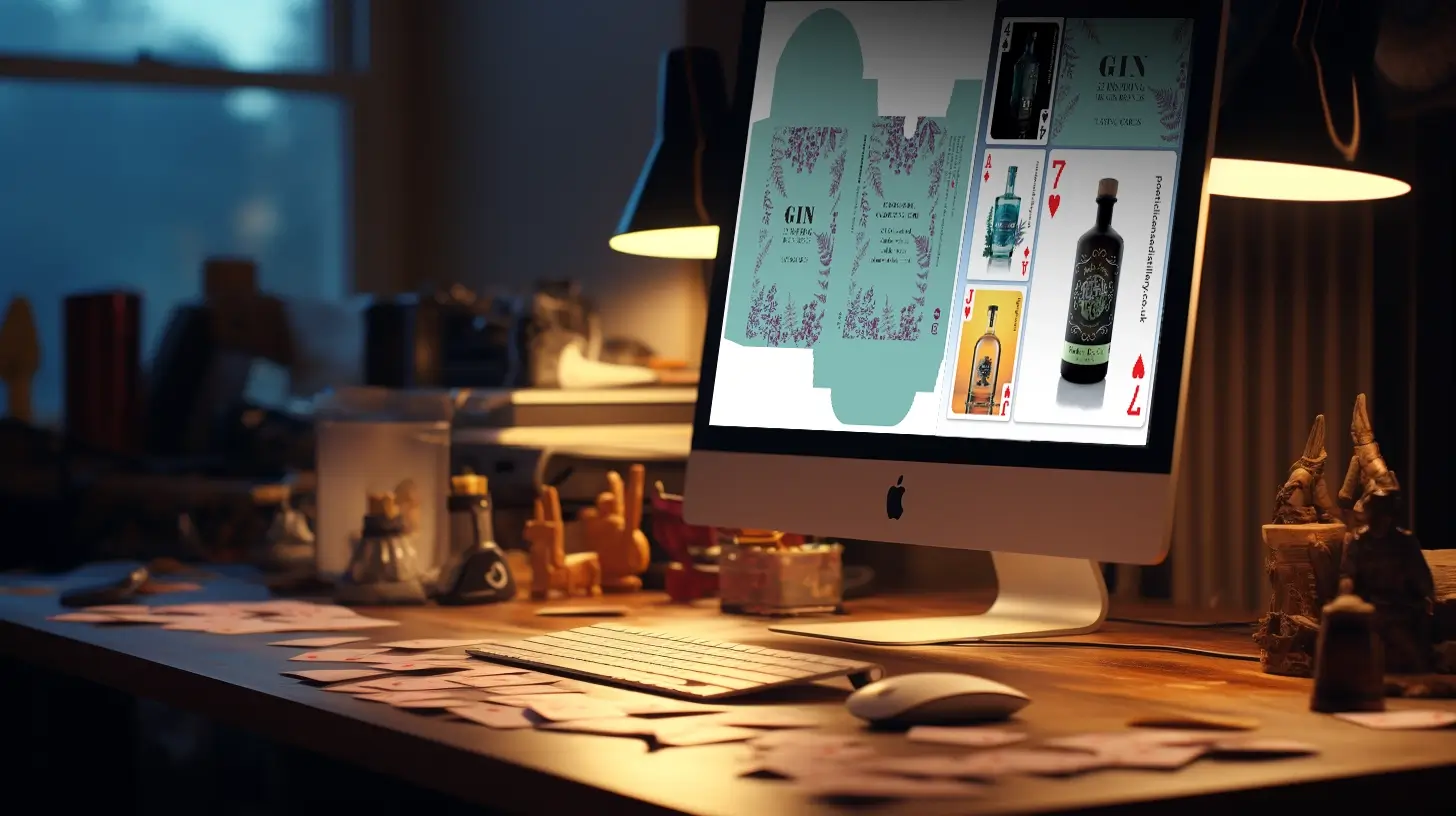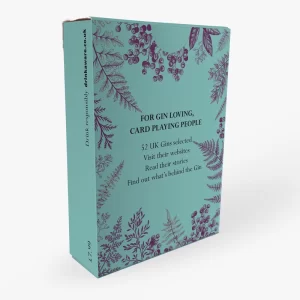How to Design Custom Playing Cards: Unleash Your Creativity!
Playing cards have been a source of entertainment and a means to bond with friends and family for centuries. While traditional decks are timeless, designing custom playing cards can add a unique touch to your game nights or make for a memorable gift. Whether you’re an artist, a hobbyist, or simply someone looking to express their creativity, this blog post will guide you through the process of designing your own custom playing cards. So, let’s dive in and explore the world of personalised card designs!
Planning and Conceptualising:
Before you start designing, it’s essential to have a clear plan and concept in mind.
Here are some key steps to consider:
- Define your theme: Decide on a theme that resonates with your personal style or the purpose of the cards. It could be anything from fantasy and nature to sports and pop culture.
- Research and gather inspiration: Explore existing playing card designs, art styles, and relevant imagery to inspire your own creation. This will help you understand different design elements and incorporate them into your project. Pinterest might be a good place to get inspiration?
- Sketch your ideas: Begin with rough sketches to visualise the layout, card structure, and key design elements. This stage allows you to experiment and refine your ideas before moving to digital design software.
Designing the Cards:
Once you have a solid concept, it’s time to bring your ideas to life through digital design software.
Here’s what you need to know:
- Choose the right software: Popular design tools like Adobe Photoshop, Illustrator, or free alternatives like Canva, GIMP and Inkscape provide a wide range of features to create professional-looking designs. Select the one that suits your skills and preferences.
- Define card dimensions: Standard playing cards measure 2.5 x 3.5 inches (6.35 x 8.89 cm). Ensure your design adheres to these dimensions to ensure compatibility with card sleeves and holders. (Find here some templates for cards + boxes)
- Front design (card face): This is the main focus of your design. Consider incorporating relevant symbols, numbers, and illustrations that represent your theme while keeping the design visually appealing and easy to recognise during gameplay.
- Back design (card back): The back design should be consistent across all cards and visually distinct to ensure players can’t differentiate one card from another by the back alone. Experiment with patterns, motifs, or custom illustrations that complement your theme.
- Typography and font selection: Choose fonts that are legible and appropriate for your theme. Typography plays a crucial role in conveying information and adding aesthetic appeal to your playing cards.
- Colours and contrast: Select a colour palette that complements your theme and ensures readability. Consider using high contrast between text and background colours to improve visibility.
Card Elements and Details:
To create a professional and cohesive deck of playing cards, pay attention to the following elements:
- Pips and numbers: Pips are the symbols (hearts, diamonds, clubs, and spades) used to identify the card’s suit. Make sure they are clear, well-defined, and visually distinct to ensure easy recognition during gameplay.
- Court cards: These are the face cards (King, Queen, and Jack) that often feature custom illustrations or characters related to your theme. Take time to design unique and visually appealing court cards that fit your overall design.
- Jokers and additional cards: Consider adding unique jokers or extra cards that complement your theme. These can be a great opportunity to showcase your creativity and add an element of surprise to your deck.
Printing and Production:
After finalising your designs, it’s time to bring your custom playing cards into the physical realm. Here are some key considerations:
- Select a printing service: Look for reputable printing companies that specialise in custom playing card production. Ensure they offer high-quality printing and a range of card finishes, such as linen, smooth, or plastic-coated.
- Card stock selection: Choose a card stock thickness that suits your preferences. Thicker card stock tends to be more durable but can impact shuffling ease, while thinner card stock may offer more flexibility.
Conclusion:
Designing custom playing cards provides a fantastic opportunity to showcase your creativity and add a personal touch to your gaming experience. By following the steps outlined in this guide, you can create a unique deck that captures your theme and reflects your artistic vision. Remember to plan and conceptualise, explore digital design software, pay attention to card elements, and carefully select printing options for the best results. So, go ahead and let your imagination run wild as you embark on the journey of designing your very own custom playing cards!




